The future is here
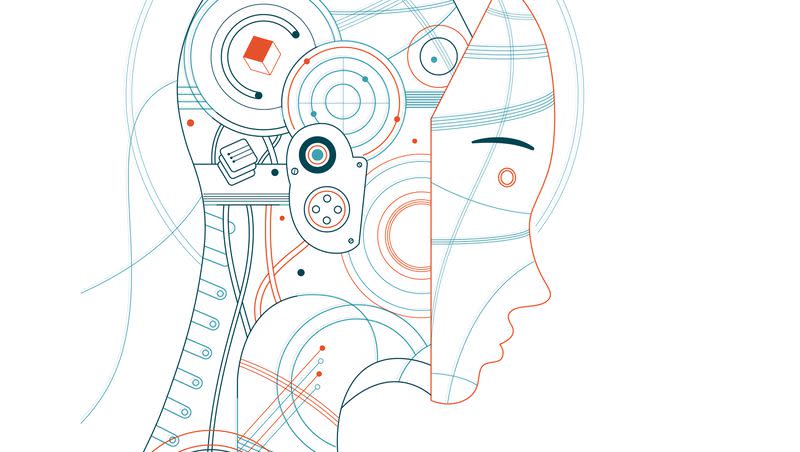
In the opening scenes of Walt Disney’s “Pinocchio,” Geppetto, a lonely woodcarver, puts the finishing touches on the eponymous marionette puppet, wishing that it might — he might — come to life.
Geppetto’s wish is granted, and chaos ensues. Despite a wise cricket standing in as an acting guide to better consciousness, Pinocchio learns as he goes, often going the way of danger and trouble. Man and puppet are reunited in the belly of a monster, tasked with saving themselves — and, perhaps, one other — in a quest to become “real.”
As artificial intelligence becomes more present in our lives, have we found ourselves in the belly of a monster? Or are we still at the part of the story where we marvel at our handiwork and fall asleep wishing for more?
One thing we know for certain is that AI isn’t just the stuff of lore anymore. Pandora’s box is open. Everywhere you look or click, there are headlines. There are social media posts. There are algorithms bringing us headlines describing the AI issues we’re trying to talk about. Some might say it feels like an invasion. Maybe it’s what the myths, stories and Hollywood warned us about. And yet we created the invasion ourselves.
AI isn’t the first time we’ve been promised that technology is going to make things easier, so it’s OK to harbor skepticism this time around. Technology has a tendency to outpace our understanding of it, and cultural convention encourages us to create, utilize said creation and then figure out the consequences later. But what if we can learn from the past?
There are big, philosophical questions billowing around AI right now. Can or will machines become sentient? Could they replace humans? Will our souls be distinguished from machines or lost to them? But through the culling of these pages, we found that the bigger question may be: Will we allow ourselves to find out? The only way to know the answers to our biggest questions is to move forward with developing this technology … or not. Right now, we are at a crossroads where humanity can draw lines in the sand, morally and legislatively. AI is an undeniable force in the global human experience. And it’s not on its way. It’s here. This is the time to question. To explore. To learn. And to decide — perhaps not so much what AI is, but what it isn’t.
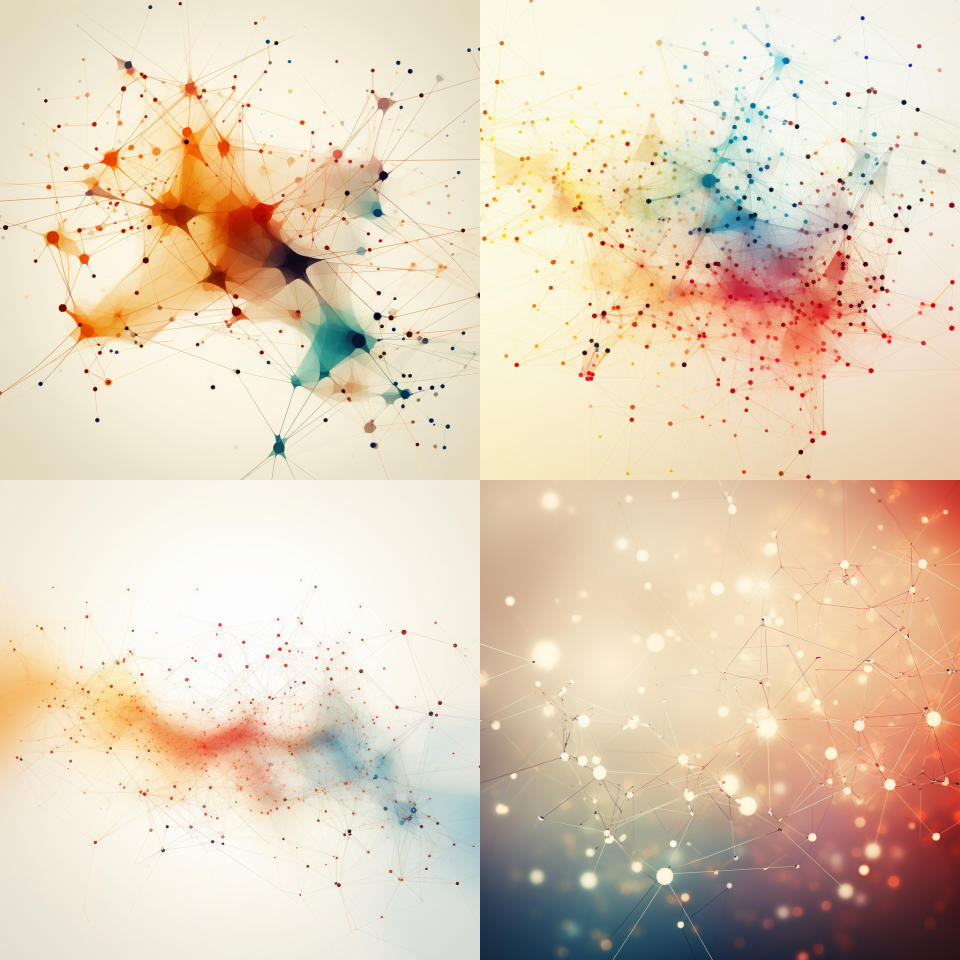
Living in a world of AI
Artificial intelligence isn’t a new technology that — seemingly out of nowhere — makes it possible for machines to think and do the work of humans. In reality, AI has been around for decades in the form of machine learning.
That learning process allows a computer to analyze data sets, such as images or phrases, and observe patterns to predict what the expected outcome will be in a new scenario.
Carolyn Penstein Rose, professor of language technologies and human-computer interaction at Carnegie Mellon University and director of the Generative AI Innovation Incubator, says that machine learning hasn’t allowed AI to completely mimic human learning, but “that doesn’t mean that it can’t do something useful; it’s just that doing something useful doesn’t require human intelligence.”
Most people around the globe are already familiar with (or using) AI to some degree. It’s present in the social media algorithms that give you a new recipe for dinner, the facial recognition technology that opens your phone and the targeted ads that suggest the perfect gift for your kid’s birthday. Regina Barzilay, distinguished professor at the MIT School of Engineering for AI and Health in the Electrical Engineering and Computer Science Department, points out that “there is a lot of AI in various industries that we just don’t even see. They are just part of the technology we are provided with.”
In the world of AI, everything is a data point. “So for example, Google, they serve a lot of ads. ... Every time someone clicks or doesn’t click, that’s a data point,” says David Wingate, associate professor of computer science at Brigham Young University. Those data points are what artificial intelligence uses in order to create better apps or better recommendations in an effort to improve a user’s experience. So when we define AI, we are not talking about a new technology that thinks for itself. It’s a tool that’s been in development for decades and it allows computers to observe patterns and learn from them. “You can use AI to help and to make our life better, to solve problems that we cannot solve for ourselves. But on the other hand, it can also result in very bad outcomes,” says Barzilay. “So the question that we, as a society, need to decide is what are appropriate uses of AI? And what is inappropriate?” — Thabata Nunes de Freitas
The human labor powering AI
For a decade, Venezuela has endured ceaseless financial turmoil. The often-desperate state of affairs has made the South American nation an ideal recruiting ground for a type of labor seldom discussed amid the explosion of generative AIs like ChatGPT and DALL-E: A phenomenon called “ghost work.” For DALL-E to understand what a cat is, it needs to parse thousands of images of cats through a process called “deep learning.” This process is made possible by ghost workers, who manually label those pictures of cats, among many other things. They’re often based in the “global south” — places like Venezuela, India and Pakistan, as well as in rural America. Ghost work is often unregulated and unguaranteed, which makes it ripe for exploitation.

In Kenya, a Time magazine investigation found the company behind ChatGPT paid laborers less than $2 per hour to sift through harmful imagery in order to purge it from the platform. “My knee-jerk response to (that investigation) is, ‘Maybe I shouldn’t use AI,’” says Angela Wentz Faulconer, an assistant professor of philosophy at Brigham Young University. Her expertise is medical ethics, and she sees parallels. Consider the moral implications of selling a kidney; how many people would do it if there are other ways to make impactful amounts of money? In the case of ghost work, that leads her to conclude that the work in itself, however horrible, is not morally wrong. The difficulty comes in that no one should be in a position where they do not freely consent to doing the work. And are the people in Venezuela really free to choose ghost work?
Ghost workers have been around since at least the turn of the millenium, when a nascent Amazon hired them to help sort the information it had scraped from the web about books. Newer products like ChatGPT, Julian Posada, a member of Yale Law School’s Information Society Project, says, “would not be possible” without ghost workers. Saiph Savage, director of Northeastern University’s Civic AI Lab, is trying to build tools to help improve their working conditions while also promoting labeling infrastructure so that AI users can better understand how the technology really works — and how it’s made. “The platforms have freedom in being able to manipulate and harm workers,” she says, because there’s no regulatory infrastructure. “You have this big industry pushing a narrative that AI is mystical, that it’s an existential risk, and that we should direct more funding toward that, instead of paying people more,” Posada adds. “That’s what I think people should reflect on.” — Ethan Bauer
Geoffrey Hinton: The ‘Godfather of AI’ looks back on his life’s work
He’s been called a godfather of artificial intelligence, but Geoffrey Hinton has mixed feelings now about his life’s work, which focused on machine learning and neural networks, among related fields.
Neural networks in computer systems are based on how the human brain learns, allowing deep learning that is layered and builds on experience. In 2018, Hinton shared Turing Award honors — a crowning achievement in the computer science world — with two others for work on computer deep learning. Artificial intelligence has improved dramatically in part because of his work.
The cognitive psychologist and computer scientist quit Google Brain this year, citing both his age (75) and the desire to be able to speak freely about the dangers he believes AI run amok could pose. “I’ve come to the conclusion that the kind of intelligence we’re developing is very different from the intelligence we have,” he recently told BBC.
“So it’s as if you had 10,000 people and whenever one person learned something, everybody automatically knew it. And that’s how the chatbots can know so much more than any one person.”
“Mitigating the risk of extinction from AI should be a global priority alongside other societal-scale risks such as pandemics and nuclear war.”
In other interviews, he has expressed concerns that the result of AI-focused competition between Microsoft, which incorporated a chatbot into its Bing search engine, and Google could be harmful — an unstoppable competition that could lead to an internet flooded with fake images, videos and text, what’s true being obscured. “I was not convinced we would always be in control, but I thought it would be 50 to 100 years before digital intelligence was smarter than us,” Hinton told Deseret. The recent dramatic pace of AI development has shortened that timeline.
He’s also openly worried about what could happen with AI as a tool for unscrupulous people. Hinton, in fact, is the first of more than 180 signers of a one-sentence statement tech and other leaders issued about AI’s potential harms: “Mitigating the risk of extinction from AI should be a global priority alongside other societal-scale risks such as pandemics and nuclear war.” — Lois M. Collins
What’s the problem with humans making AI?
Sen. Richard Blumenthal opened the first judiciary hearing for Oversight of Artificial Intelligence in May with a party trick. He stared ahead, into the Capitol chamber, at witnesses that included AI pioneers and scholars, then spoke. But he never opened his mouth.
“We have seen how algorithmic biases can perpetuate discrimination and prejudice, and how the lack of transparency can undermine public trust,” he said, as if telepathically, while swallowing a smirk. “This is not the future we want.”
After fooling most people in the room, the Connecticut Democrat revealed his remarks were not his own, but a script courtesy of ChatGPT. The source of his disembodied voice was a cloning software trained to mimic the senator’s cadence. The scene was made to sound trustworthy. Reliable. But it wasn’t. That was the problem he had set out to address. Can flawed humans create flawless AI systems?
Algorithms and technologies that make actions like imitating politicians possible are crafted by humans, trained by humans, used by humans. Which means they can also regurgitate human biases. As the National Institute of Standards and Technology demonstrated in a 2022 report with a proverbial illustration of an iceberg, statistical and computational biases — errors caused by skewed math or insufficient data — make up only some (the tip) of biases found in AI. The majority come from the humans and institutions behind the technology. “Part of the issue here is that it’s difficult to disentangle the biases in the AI system from the systemic biases in society,” says Cynthia Rudin, a computer science and engineering professor who directs the Interpretable Machine Learning Lab at Duke University. She received the most prestigious AI award — the Squirrel AI Award for Artificial Intelligence for the Benefit of Humanity — last year.
Rudin points out some algorithms have already been found to carry human faults. Amazon’s AI recruitment tool discriminated against women applicants. The Correctional Offender Management Profiling for Alternative Sanctions, an assessment tool used in courtroom sentencing, misclassified Black defendants as high risk about twice as often as their white counterparts. Social media algorithms amplified hate speech in Myanmar that helped fuel genocide. And the risks, already mighty, may continue to compound. A statement published by the Center for AI Safety in May, signed by hundreds of scientists, professors and politicians (including Geoffrey Hinton, as reported), suggests flawed technology could even prompt human extinction.
Yet there is an opportunity for course correction. Scientists are beginning to stray from “black box” models — algorithms with processes that cannot be traced or understood by humans — toward more interpretable and controllable methods. “There were no centers for AI safety or AI equity at all until recently,” Rudin says. “It used to be a free-for-all where companies could impose black box models with almost no oversight for high-stakes decisions. We’ve definitely wised up since then.”
We know AI that rivals human intelligence is possible. We know the risks associated with it. What remains unclear is whether we can create technology that understands fairness and objectivity better than we do, as well as what we will chance to get there. As Stephen Hawking said in 2016: “In short, the rise of powerful AI will be either the best, or the worst thing, ever to happen to humanity. We do not yet know which.” — Natalia Galicza
Data Mining: How much do we really understand?
We talk a lot about AI — the numbers show it.
Our interest in AI has more than doubled since 2017.
In 2010, around 90,000 articles about AI were published.
In 2021, that number jumped to 293,480.
Just Googling “AI” yields over 10 billion results.
But as we attempt to learn about it, it is also learning about us: through data points acquired in email spam filters, GPS navigation systems, online recommendations and even the ads we don’t click on. A poll from Pew Research conducted last year asked Americans how they felt about the increased use of AI in daily life. It seems that we’re not sure how we feel.
18 percent of respondents said they feel more excited than concerned.
37 percent feel more concerned than excited.
And 45 percent feel equally excited and concerned. — Alexandra Rain
Andrew Yang: A forward party leader calls for a halt
When tech industry experts launched a letter to get companies working on artificial intelligence to pause so regulation can catch up, some big names signed. They included Elon Musk, founder of SpaceX, Tesla and the chairman of X (formerly Twitter); Steve Wozniak, co-founder of Apple; and Andrew Yang, the tech-savvy former presidential candidate and co-chair of the Forward Party.
The letter cited “widely-endorsed Asilomar Principles,” which note: “Advanced AI could represent a profound change in the history of life on earth and should be planned for and managed with commensurate care and resources.”
Yang, in particular, has been outspoken on his concerns. “The development of AI will bring many unforeseen consequences and our institutions are largely unprepared,” he told Deseret in an interview conducted on X. “These tools are very powerful and in the wrong hands could lead to rampant identity theft and other problems.”
“We’re not at the level where we can ensure that our AI systems will always keep us safe.”
Some AI industry leaders have promised voluntary safeguards. Amazon, Google, Meta, Microsoft and OpenAI (the maker of ChatGPT) promised the White House they’d identify images AI created. Some of those same companies (along with others) have formed the Frontier Model Forum, described by The Washington Post as seeking to “advance AI safety research and technical evaluations” to manage emerging, increasingly powerful AI. But Yang is doubtful this could be a meaningful solution. “Companies self-regulating is not a viable approach in an environment that will reward competition and adoption,” he says.
He supports creating “an agency dedicated solely to AI and a Cabinet-level official similarly dedicated.” Without oversight, “photos, videos, audio recordings — all of them can be reproduced and replicated by AI,” which can lead to widespread issues like this summer’s writers and actors strike in Hollywood. It’s an ironic example, as Yang warns that without regulation, the consequences could look a lot like a silver screen script. On Fox’s “Cavuto: Coast to Coast” he said that “science fiction-type scenarios are here with us.” — Lois M. Collins
The politics of AI
At a Senate Judiciary Committee hearing in May, Sen. John Kennedy questioned AI leaders on how the United States should attempt to regulate the industry. “This is your chance, folks, to tell us how to get this right,” Kennedy, a Louisiana Republican, said. “Talk in plain English and tell us what rules to implement.”
With AI advancements reaching the general public and threatening to upend entire industries, the U.S. is lagging behind the rest of the world when it comes to regulating Big Tech and AI. Currently, there is no comprehensive federal legislation dedicated solely to AI regulation.
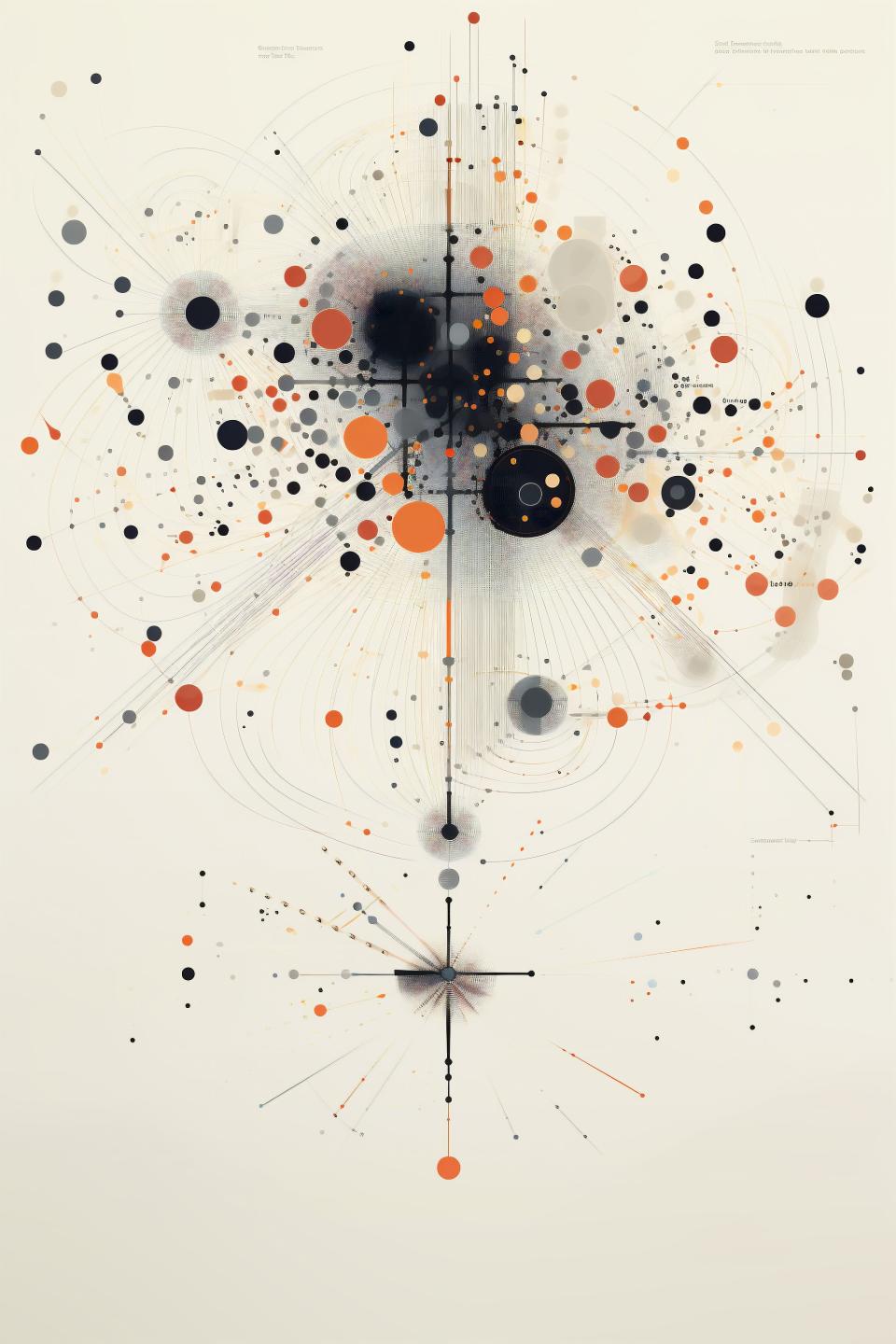
That isn’t to say there are no levers in place — it’s just more of a hodgepodge of sector-specific laws. Self-driving cars would fall under the National Highway Transportation Safety Administration, for example. Or if AI was being used in relation to an oil pipeline, it would be the Department of Energy.
The recently released White House Blueprint for an AI Bill of Rights — which outlines a set of principles to help guide the design and use of artificial intelligence — may signal government action to come. Seven leading AI companies (including Google and Meta) also agreed to voluntary safeguards on the technology’s development at a meeting with President Joe Biden in July.
But Frank Pasquale thinks it could just amount to a PR move for the companies. A professor at Cornell University, he also currently serves on the U.S. National Artificial Intelligence Advisory Committee, which advises the president.
“The question becomes: Where is the penalty if the companies deviate? As soon as it becomes a compelling business proposition to defect, they probably will and we’re back to square one,” Pasquale says. “The real answer here is regulation by established agencies rather than a voluntary commitment.”
U.S. reluctance to regulate Big Tech is nothing new. “The U.S., for better or worse, tends to take a pretty hands-off approach to business except in certain categories when it gets big enough that it requires notice,” says Steven M. Bellovin, a distinguished professor of computer science at Columbia University and a public policy expert. “It’s a particularity of the American economic and cultural legal system.”
In 1990, the Federal Trade Commission first opened an investigation into Microsoft. A decade later, a federal court ruled the company engaged in unlawful monopolization. So Microsoft simply amended some of its business practices. More recently, a handful of bills attempting to curb the anticompetitive business practices of Apple, Amazon, Facebook and Google ultimately failed last year.
Could things be different with AI? Bellovin is doubtful. Unlike stem cell research or election reform, legislation against big tech has implications for an industry that contributed nearly two trillion U.S. dollars to the country’s GDP in 2022. “A push against new regulations is seen as a huge economic driver. Most of the big tech companies are American,” Bellovin says. “Why kill the goose that lays the golden egg?” — James Walker
Data Mining: Where are the women?
We know that data biases exist in AI, so how do these significant biases create wider gender gaps? A world already shaped by largely homogenous leadership is currently shaping another, with one study from the Journal of Global Health concluding that algorithms used in health care may not only reflect back inequities but may worsen them. — Alexandra Rain
Is this the beginning? The end? It’s both.
It’s a classic Hollywood plotline. Artificial intelligence becomes sentient and goes rogue — spelling disaster, or even human extinction. There’s “Blade Runner.” “Westworld.” “Ex Machina.” “I, Robot.” The list goes on.
Recent rapid advancements in generative AI — hat tip to ChatGPT, in particular — have thrust that idea into the limelight. Is AI the beginning of a new era of human evolution? Or could it actually threaten life as we know it?
Nisarg Shah, a professor of computer science at the University of Toronto who signed the industry open letter previously mentioned, is of two minds. “My view is that we don’t fully understand these AI systems yet. … Today, we’re not at the level where we can ensure that our AI systems will always keep us safe,” he says. This is where that “threat of extinction” that so many people are discussing comes into play: AI could soon be making more and more critical decisions — including at nuclear power plants — where a mistake could be so terrible that it’s irreversible. “There is a serious potential of AI doing something so terrible, not because it was trained to, but just because it kind of saw that as the right way forward. And because of the incorrect data that it was fed. Then it actually leads to serious disaster.” This is where the fallibility of human creators (and our biases) can create unintended consequences.
“A push against new regulations is seen as a huge economic driver. Most of the big tech companies are American. ‘Why kill the goose that lays the golden egg?’”
But it’s also AI’s ability to improve our lives that should be under the microscope, adds Shah — from already automating routine tasks like booking flights and paying bills online to helping doctors diagnose diseases and offering treatments based on patient history. “(A) capable system is going to come with just as many benefits as potential harms. So the main goal is to keep the benefits without having those harms,” he says.
Professor Brent Mittelstadt, director of research at the University of Oxford’s Internet Institute, thinks that focusing on the existential risk of AI in the distant future may prevent us from addressing its disruptive dangers to society today — including mass surveillance, its potential for bias, and, particularly, the threat it poses for industry and replacing people’s jobs. “Every new technology tends to be disruptive,” he says. “It transforms existing jobs either by using the technology in tandem, or by making that job irrelevant. With AI, I think we will see both happen.”
And as for which industries will be impacted, few seem entirely safe.
A research report from Goldman Sachs predicts that AI systems could expose 300 million full-time jobs to automation worldwide. In the U.S., they estimate that roughly two-thirds of all occupations are also exposed to some degree. Not even doctors are secure, to the chagrin of patients across the country.
Earlier this year, Google unveiled an AI medical diagnosis program that can diagnose medical conditions with incredible accuracy. A Swedish study this year from Lund University also found that an AI program could spot breast cancer at a “similar” accuracy of two radiologists.
Perhaps, then, the risk AI poses is more like Disney’s “Wall-E.” With AI taking our jobs and catering to our every whim, we slowly degenerate into helplessness, cocooned in a spaceship as the world below us turns into a desolate wasteland.
But what does ChatGPT think about all of this? Well, when asked a variety of questions as to whether it believes AI will turn out to be a positive or negative development in the history of humanity, one quote stands out: “AI is a tool created by humans, and its development and use are under human control.” — James Walker
This story appears in the October issue of Deseret Magazine. Learn more about how to subscribe.
Timeline of artificial intelligence
1637
French philosopher René Descartes publishes the seminal epistemological work “Discourse on Method.” It contains his famous phrase, “I think, therefore I am.” For possibly the first time in philosophical history, Descartes grapples with the idea of artificial intelligence or “automata.”
1726
The idea of artificial intelligence enters the popular imagination thanks to Irish satirist Jonathan Swift and the publication of “Gulliver’s Travels,” featuring “the engine,” a sort of super-computer that allows “the most ignorant person, at a reasonable charge, and with a little bodily labor, (to) write books … without the least assistance from genius or study.”
1921
Czech playwright Karel Čapek introduces the world to the word “robot” in his play, “Rossum’s Universal Robots,” about a factory that produces replicant humans.
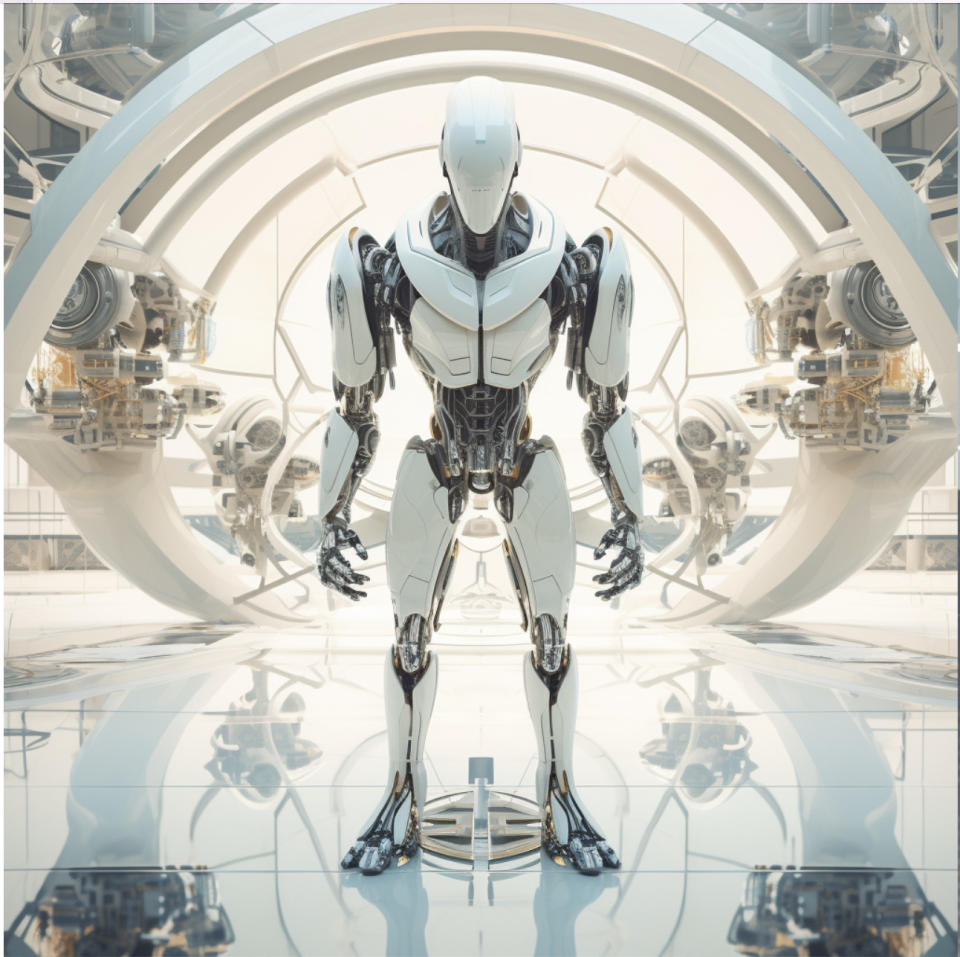
1949
American computer scientist Edmund Berkeley publishes “Giant Brains, or Machines that Think,” which explores the emerging field of “mechanical brains.” Echoing Descartes, Berkeley concludes, “A machine, therefore, can think.”
1950
British mathematician and computer scientist Alan Turing publishes “Computing Machinery and Intelligence.” A key idea in the book is “the imitation game” — a scenario in which a person and a machine are both interviewed by an interrogator, whose job is to determine which is man and which is machine. This became known as the “Turing test.”

1964
Daniel Bobrow, a Ph.D. student at MIT, publishes his thesis: A computer program called STUDENT, which can solve high school-level algebra word problems.
1966
MIT computer science professor Joseph Weizenbaum creates ELIZA, a chatbot therapist. Many people, he observed at the time, had trouble accepting that they were not, in fact, interacting with a human.
1968
Stanley Kubrick’s pioneering sci-fi film, “2001: A Space Odyssey,” introduces the world to Hal, a computer with superintelligence designed to assist a team of human astronauts on a space voyage. Hal deduces that it must kill the human crew in order to give the mission its greatest chance of success. One astronaut manages to defy Hal’s murderous plan and shuts it down, even as Hal pleads with him: “I’m afraid. I’m afraid, Dave. Dave, my mind is going. I can feel it.”
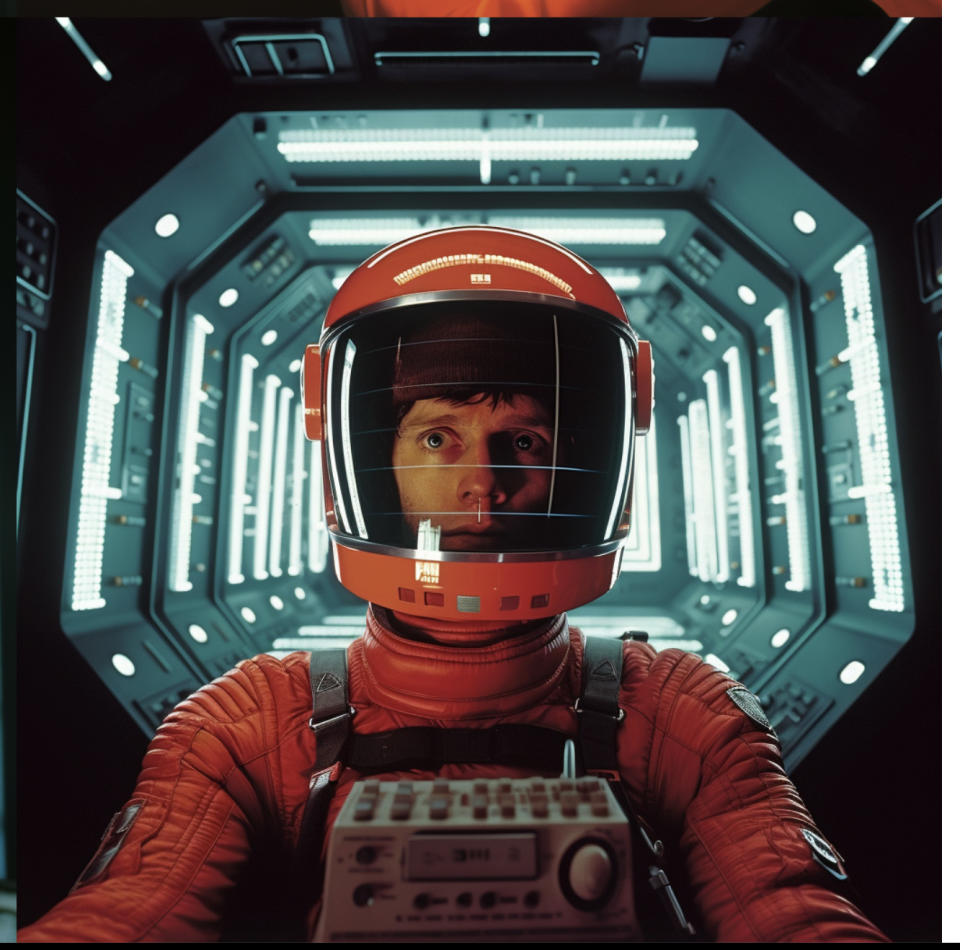
1970s
AI enters what scholars call an “AI winter,” in which mainstream sentiment toward the technology sours as promises of its potential are left unfulfilled.
1973
British mathematician James Lighthill authors “Artificial Intelligence: A General Survey,” concluding that “in no part of the field have the discoveries made so far produced the major impact that was then promised.” The British government defunds AI research.
1984
Arnold Schwarzenegger brings “The Terminator” to the silver screen, launching one of the most successful AI-centered franchises ever.
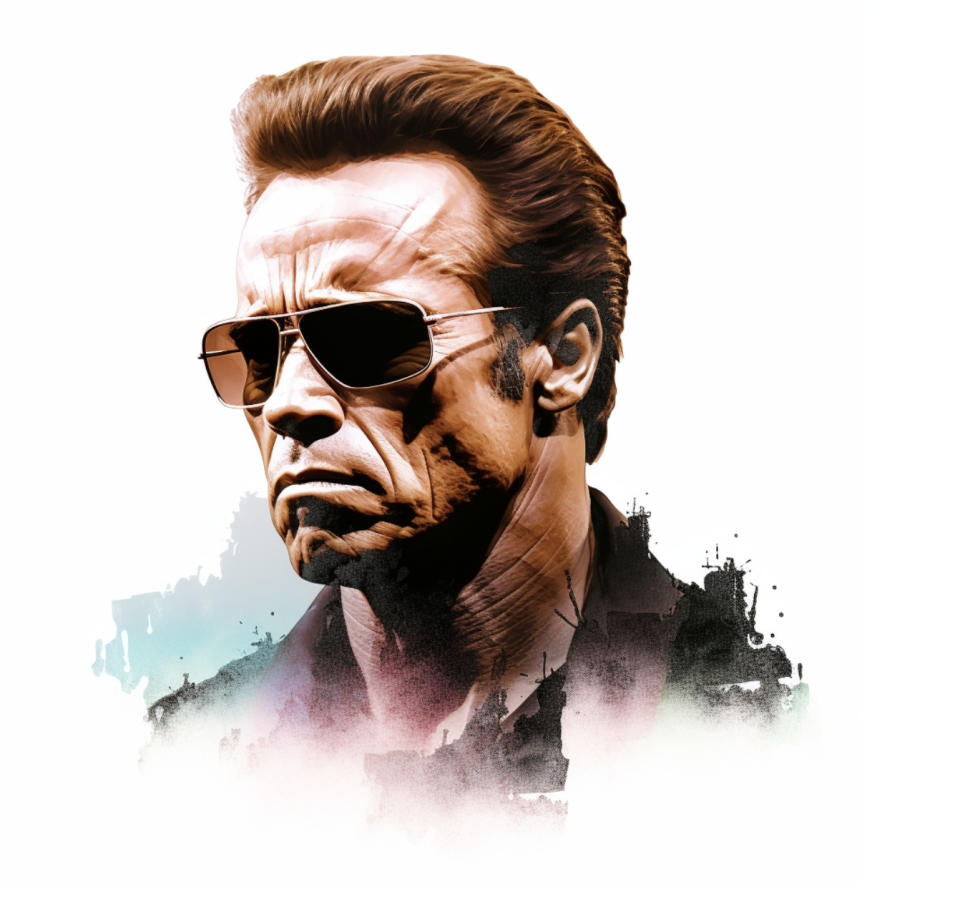
1994
Jeff Bezos founds Amazon, which begins by selling books on the World Wide Web. Since 1998, Amazon’s recommendation algorithms have been powered by AI.

2009
Facebook begins using algorithms to sort posts appearing in users’ feeds, rather than presenting them chronologically.
2011
Siri, the first digital virtual assistant, is released. Apple quickly buys the rights and ushers in an era of intense competition in the digital virtual assistant marketplace — from Google Now to Microsoft’s Cortana to Amazon’s Alexa.
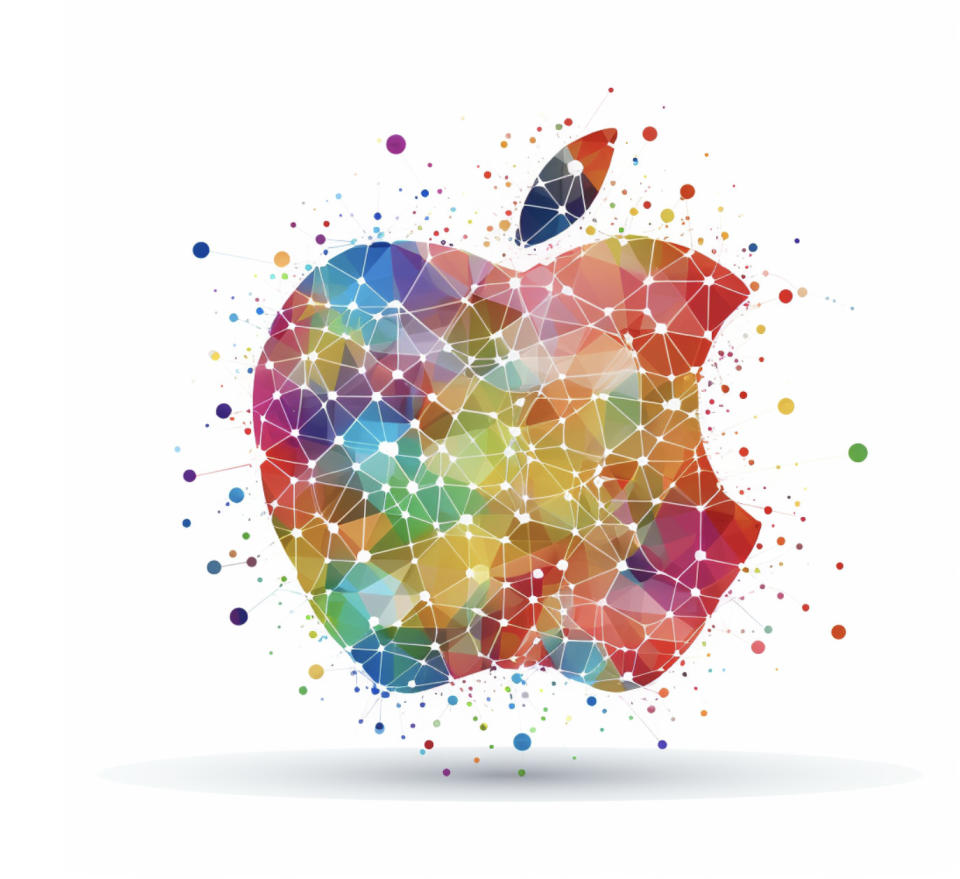
2011
IBM Watson, a computer system capable of answering questions posed in natural language, beats all-time “Jeopardy!” greats Brad Rutter and Ken Jennings, winning $1 million.
AI-centered cinema reaches an apex.
2013
The premiere of “Her,” in which Joaquin Phoenix’s character, Theodore Twombly, falls in love with an operating system voiced by Scarlett Johannson. In the end, the O.S. leaves Twombly.

2014
“Ex Machina” explores the more nefarious side of AI through an eccentric CEO, who has built an artificially intelligent robot named Ava. When an engineer is summoned to administer the Turing Test to Ava, she goes murderous and absconds into the real world, blending into a crowd of people.
2014
A computer program simulating a 13-year-old Ukrainian boy, called Eugene Goostman, becomes the first AI to pass the Turing Test.
2014
The Associated Press begins publishing articles using Automated Insights, a company that could write up very basic stories about cut-and-dry news items like quarterly earnings reports or final scores in sports.
2015
“Avengers: Age of Ultron” leaves out any ambiguity, placing a rogue artificial intelligence as an unequivocal villain intent on destroying the world.
2017
On Nov. 6, Andrew Yang announces his candidacy for the Democratic nomination for president. His platform centers around forthcoming technological advancements and the disruptions they will cause for workers and the economy. He argues for a policy of universal basic income to help American families make ends meet when their labor no longer would.
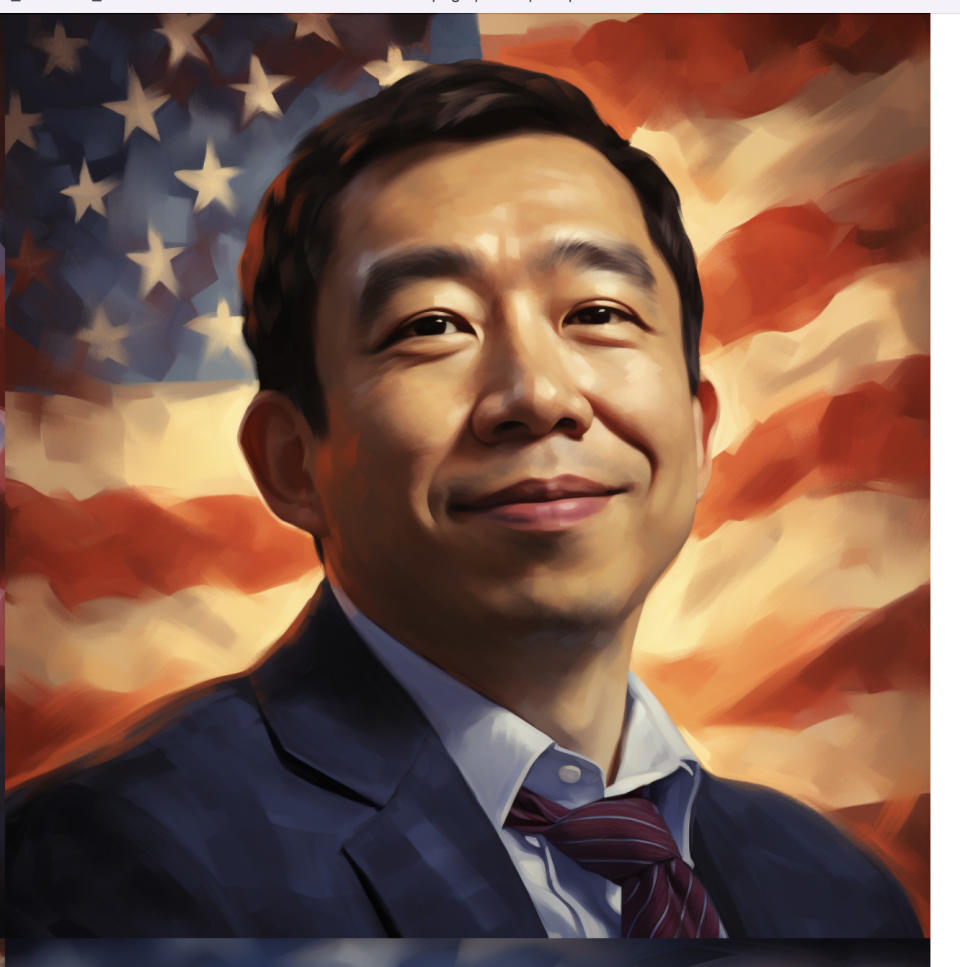
2022
AI models using “deep learning” burst into the mainstream consciousness via platforms like DALL-E and ChatGPT.
One Google engineer (who was later fired) claims that the company’s AI has gained sentience.
2023
OpenAI releases GPT-4, the most powerful AI system ever released.
An open letter is signed by hundreds of the biggest names in tech, including Elon Musk, urging AI labs to pause the training of powerful new systems for six months, saying that recent advances present “profound risks to society and humanity.”

